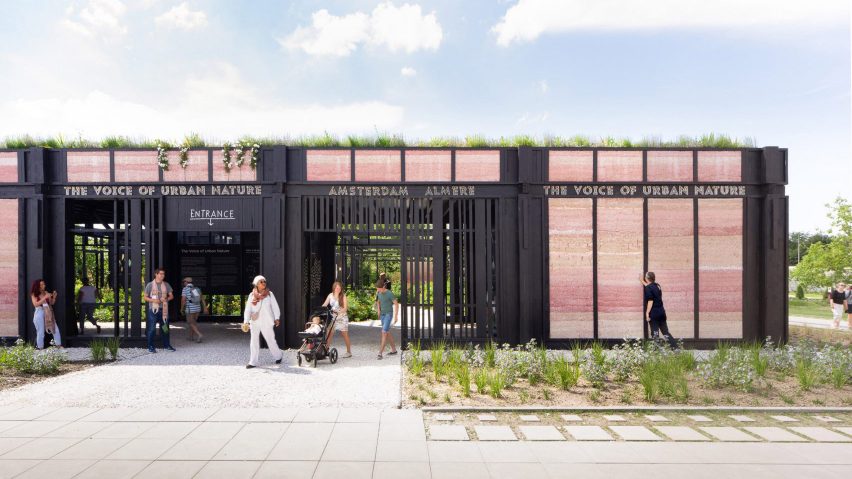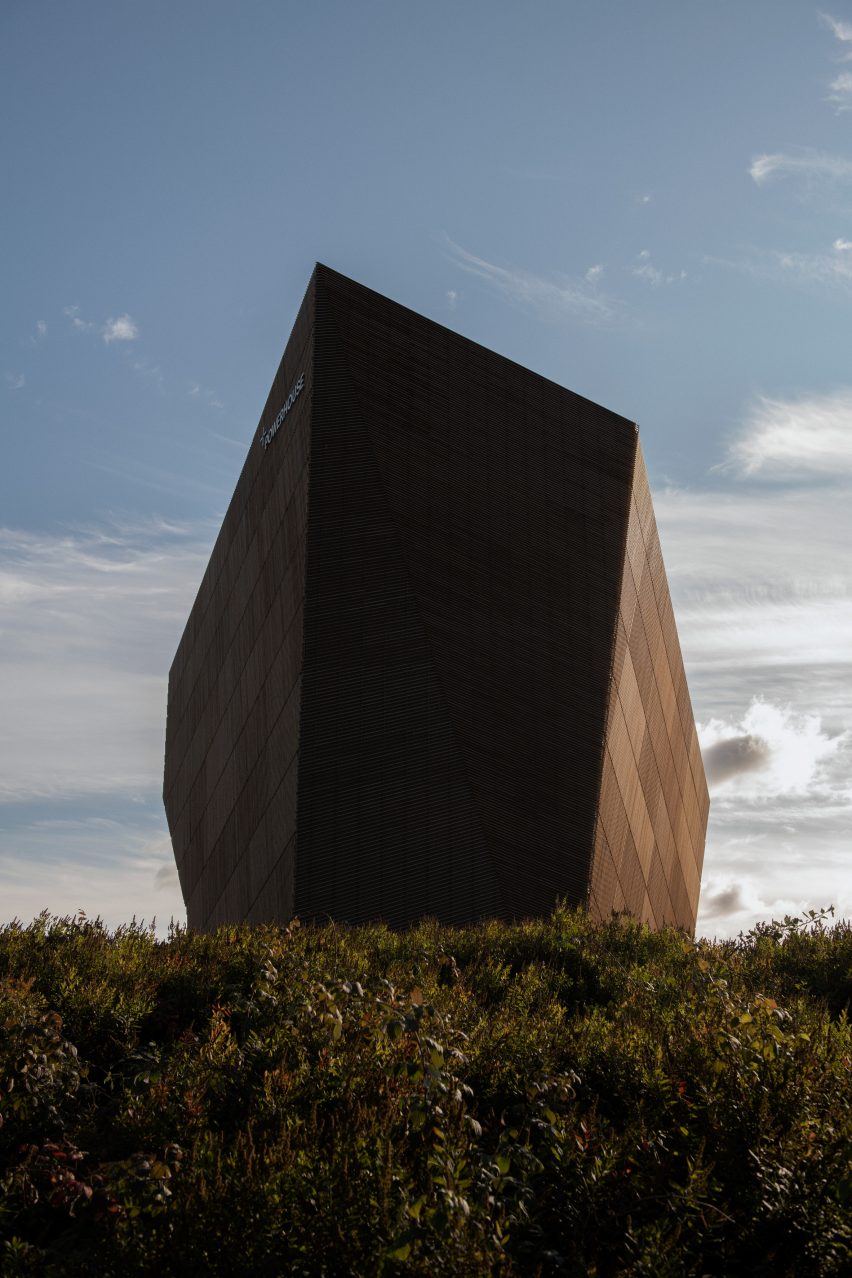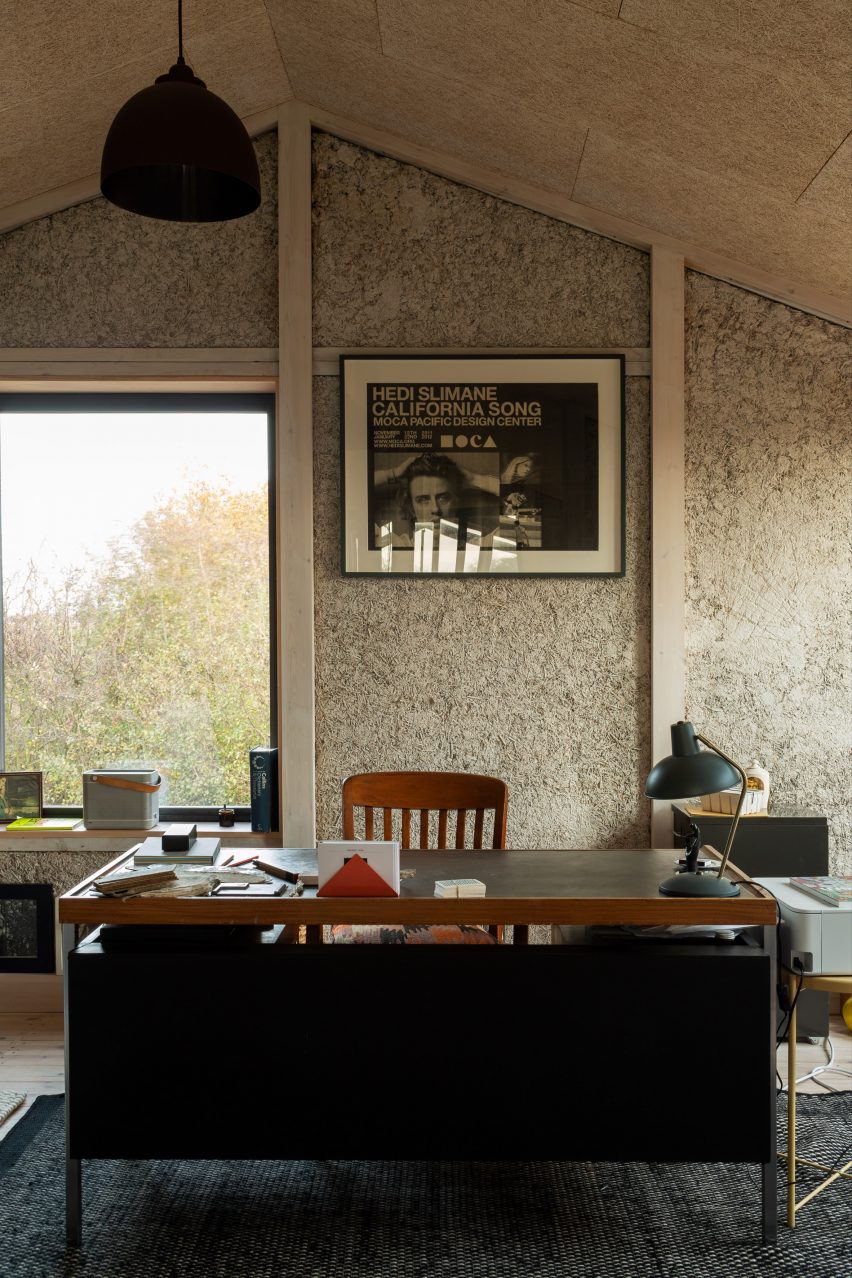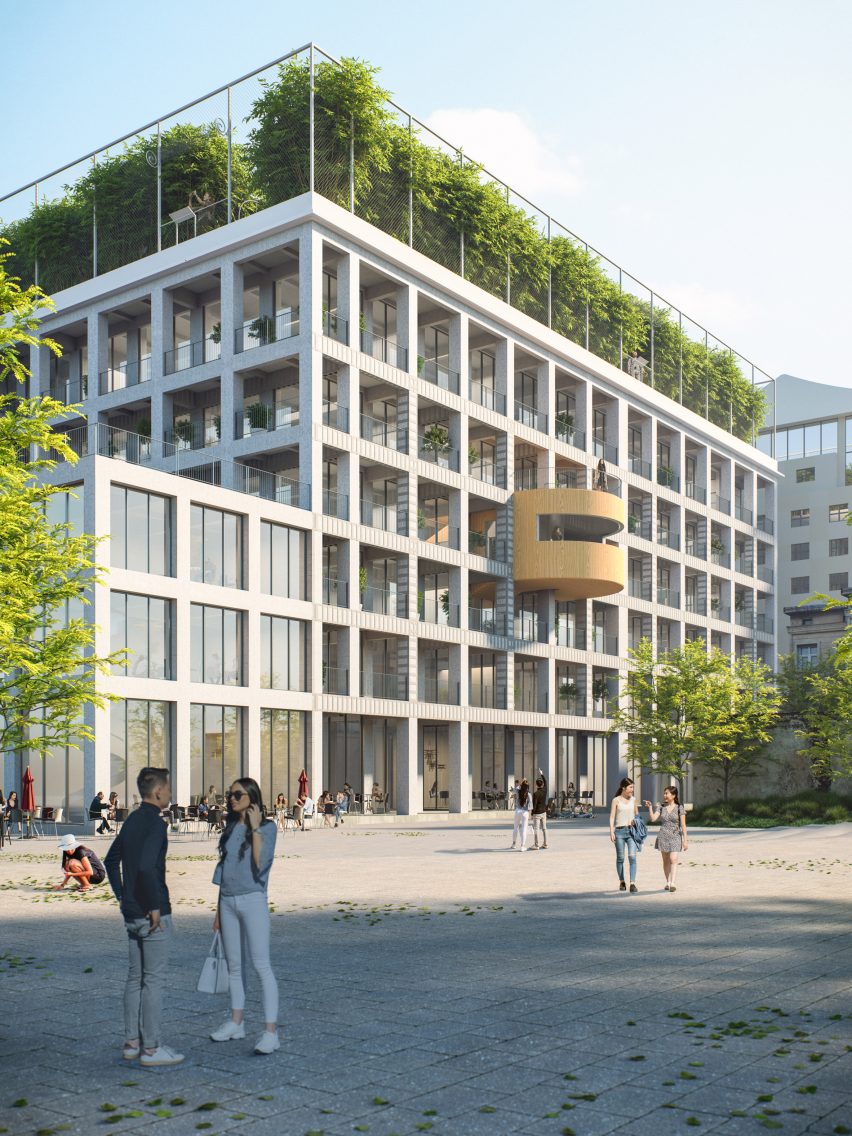
"Modest" architecture focused on reuse and biomaterials to dominate in 2023
Retrofit, biomaterials and grassroots design are among the trends that architects including Kjetil Thorsen and Samira Rathod predict will define the architecture of 2023 and beyond.
Dezeen spoke to 10 architects from a mix of leading and emerging studios around the world about the trends they expect to characterise architecture this year.
Architects to "get serious about saving the planet"
For most, including Indian architect Rathod and Snøhetta co-founder Thorsen, the belief was that environmental design and sustainability will increasingly dominate the global architecture scene.
Specifically, Rathod predicts this will see architects move away from "superficial trends" and popular styles such as minimalism, adopting "sustainability as the new way forward" instead.
"While superficial trends like postmodernism and minimalism are dominating the intent of architecture today, we need to shift track and get serious about saving the planet," she said.
Thorsen agreed, claiming that the drive towards sustainable architecture will be among the trends to "speed up during 2023".
Norwegian architect Thorsen predicts that more architects will utilise renewable energy and learn to calculate embodied carbon – the emissions from manufacturing, construction, maintenance and demolition, which can account for as much as 75 per cent of a building's lifetime carbon footprint but are often unregulated.

"Renewable energy production will increase, and embodied CO2 will become part of the CO2 emission calculations for buildings," Thorsen said.
"Form could start following environments," he added.
Zaha Hadid Architects associate director Bidisha Sinha is also expecting to see a greater effort made in reducing the net-carbon emissions of buildings in the next few years as fossil-fuel resources dwindle and technical innovations continue to emerge.
"The limitation of resources is forcing stakeholders and designers to create new paths of innovation in response," said Sinha.
"These include new design techniques and operational technologies that contribute to the reduction of net-carbon emissions throughout the life-cycle of each project, together with advances in ecologically sound materials and sustainable construction practices."
"Biobased architecture will break through in 2023"
A more modest style of architecture is coming in 2023, according to architect and co-owner of Dutch studio Overtreders W, Hester van Dijk.
"I think 2023 will be a year of modesty, of re-evaluation, of finding strength to face the future with new optimism again," she explained.
"Let's stop building megastructures without regard for the landscape and the people living around it. Architecture should function as an ecosystem for nature and people."
She hopes that this approach will bring with it more experimentation with biobased materials, or biomaterials, which are materials made from biodegradable living matter.
"I hope biobased architecture will break through in 2023, with beautiful, colourful and tempting buildings," said van Dijk.

According to the architect, "we are only at the beginning of the biobased revolution", and there are a number of sustainable materials ready for architects to explore.
"Biobased architecture is still mainly made of wood, but there are other materials such as hemp, seaweed, mycelium, straw and cattail, each with their own properties and challenges," she explained.
"Architects need to challenge producers of these materials to scale up cultivation and production capacity in a sustainable way by increasing the demand."
Rathod, founder of Samira Rathod Design Atelier, agreed, adding that she expects a shift away from man-made materials in the coming years.
"Tech-produced materials are commonly used in people's homes, and I hope this is a trend that although sprouted recently, becomes a thing of the past," Rathod said.
"We need to think natural and biodegradable and form a new aesthetic out of these ideas," she continued. "In the age of high automation and machine-dominated experiences, we try using sustainable architecture to promote a relationship with nature."
"Changes in the use of existing buildings" expected
For OMA managing partner David Gianotten, the expectation for architecture in 2023 is that more intensive retrofit and adaptive reuse projects will become commonplace.
"We have been seeing more preservation and revitalisation projects in recent years," Gianotten explained.
"I think that in the coming years, we will also see a lot of changes in the use of existing buildings, which will require changeovers and adaptation of buildings to different regulations."
Gianotten added that OMA is planning to explore different methods of building preservation in 2023.
"How we transform old buildings for future environment goals is a challenging and interesting question to tackle," he said.
Kohn Pedersen Fox (KPF) principal Forth Bagley and Nomos director Ophélie Herranz Lespagnol both agreed with Gianotten.
Lespagnol said the movement of "adapting existing structures" is already underway, and that it is being embraced by architects as a way to both celebrate heritage and protect the environment.
"Reusing can assist in preserving a location's character and heritage while lowering the environmental impacts of building new constructions," said Lespagnol on behalf of her firm, which won emerging architecture studio of the year at the Dezeen Awards 2022.
Similarly, Bagley believes retrofit will become increasingly popular for the challenges it presents architects, but also because it is a clear way to minimise the industry's carbon footprint.
"As we know, the most sustainable building is the one that already exists, so by reusing an existing structure, one is able to preserve a lot of embodied carbon as opposed to building something new," said Bagley.
"Plus, these types of projects present unique challenges and opportunities for architects."
Retrofit will encourage more "urban mining"
Employees at Rotterdam studio MVRDV and London studio Niall McLaughlin Architects are also expecting to see growth in the number of retrofit projects in the coming years, but believe this will be in tandem with more innovative reuse of existing materials.
"We would like to see more stand-out architecture that incorporates retrofit and the innovative reuse of existing buildings," said Alastair Browning, an associate at Niall McLaughlin.
"We would also expect to see buildings made from materials used or reused in new and inventive ways as architects develop their material practice in response to the climate emergency."
MVRDV editor Rory Stott described this reuse of materials as "urban mining", and claimed it is something that the studio is exploring in its own projects.
"In our own work, for example, we are attempting to work on more transformations and influence our clients and potential clients towards this approach," Stott explained.
"We are also increasingly looking to 'urban mining' as an approach to reuse existing building components, either from existing buildings on our own sites or other buildings nearby."
Collaborative design will replace "starchitecture"
Meanwhile, some architects predict that the trend of commissioning radical buildings by centralised "starchitects" could subside as more localised, grassroots and collaborative designers gain momentum.
"A healthy erosion of the ego star system is taking place," according to Nomos partner Lespagnol.
She believes that "architectural creation will tend to be collective" in 2023.
"Exploiting people and resources in order to build radical architecture is giving way to a more collective and social structure of the architectural practice," Lespagnol explained.
"[Nomos is] convinced that we are shaped by communication with others and that this openness allows more complex and complete proposals of what surrounds us."

KPF principal Bagley and Snøhetta's Thorsen agreed with this sentiment, but believe it is down to "a splintering of globalisation".
"We are currently seeing a splintering of globalisation, which is placing a greater emphasis on regionalism and bringing local issues and concerns to the forefront," said Bagley.
"Soon, the trend of 'starchitecture' will be replaced by collaborative models taking the complexities we are dealing with for real," added Thorsen.
"Regionalism, self-sufficiency, national identity and back-to-the-roots thinking will dominate in many places," he continued. "Hopefully, this will not halt the battle for a better common future."
Covid will continue to impact architecture
The effects of the Covid-19 pandemic will continue to be seen in architecture in 2023 and beyond, according to Zaha Hadid Architects associate director Sinha, most evidently in residential and office design due to the rise of remote working.
"This will necessitate a new understanding of what the spatial requirements are for a typical home where multiple occupants need to do a full day's work, and also a re-imagination of the traditional office environment which will be used intermittently," she said.
KPF's Bagley agreed, predicting a continued rise in the "hybridisation" of building uses.
"We'll continue to see the hybridisation of program, not just within mixed-use buildings, but also at the neighbourhood and district level," said Bagley. "Traditionally commercial districts will see an infusion of residential and entertainment programs and vice versa."
For Heatherwick Studio partner Neil Hubbard, the impact of the pandemic will be more visible in the aesthetic of buildings, as people chase more "joy in architecture".
"The 'covid years' have made people realise that good enough is not enough anymore," Hubbard explained. "We are awakening from our desensitisation of boring buildings, from public spaces that don't really care about people within them."
Instead, architecture in the coming years will prioritise connection and shared experiences between people, he said.
"The necessity of joy in architecture is more important than ever."
The main photo is of The Voice of Urban Nature pavilion by Overtreders W, taken by Jorn van Eck.